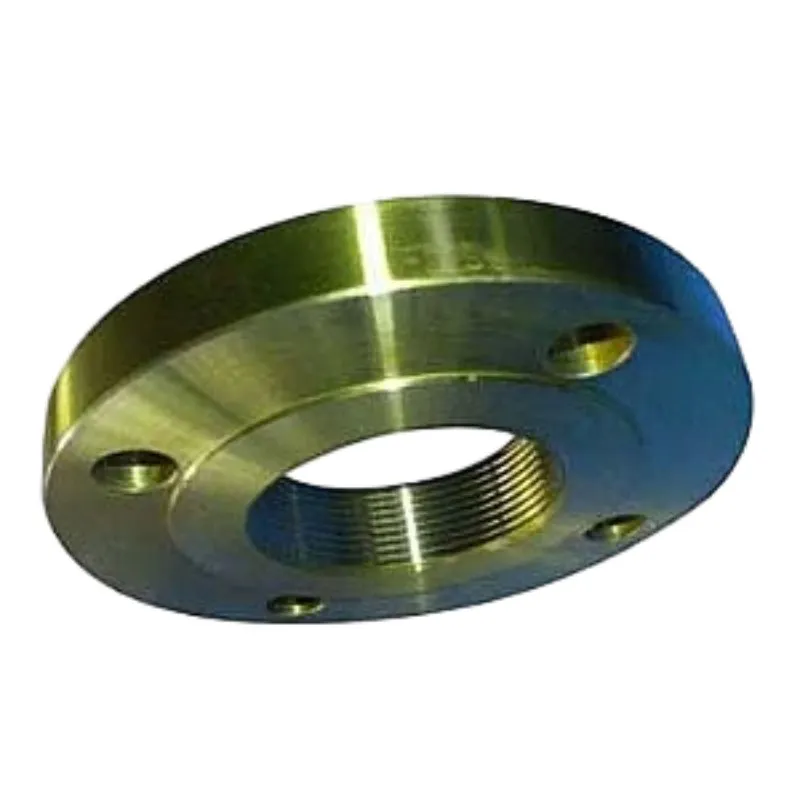-
Cangzhou Yulong Steel Co., Ltd.
-
Phone:
+86 13303177267 -
Email:
admin@ylsteelfittings.com
- English
- Arabic
- Italian
- Spanish
- Portuguese
- German
- kazakh
- Persian
- Greek
- French
- Russian
- Polish
- Thai
- Indonesian
- Vietnamese
- Zulu
- Korean
- Uzbek
- Hindi
- Serbian
- Malay
- Ukrainian
- Gujarati
- Haitian Creole
- hausa
- hawaiian
- Hebrew
- Miao
- Hungarian
- Icelandic
- igbo
- irish
- Japanese
- Javanese
- Kannada
- Khmer
- Rwandese
- Afrikaans
- Albanian
- Amharic
- Armenian
- Azerbaijani
- Basque
- Belarusian
- Bengali
- Bosnian
- Bulgarian
- Catalan
- Cebuano
- China
- China (Taiwan)
- Corsican
- Croatian
- Czech
- Danish
- Esperanto
- Estonian
- Finnish
- Frisian
- Galician
- Georgian
- Kurdish
- Kyrgyz
- Lao
- Latin
- Latvian
- Lithuanian
- Luxembourgish
- Macedonian
- Malgashi
- Malayalam
- Maltese
- Maori
- Marathi
- Mongolian
- Myanmar
- Nepali
- Norwegian
- Norwegian
- Occitan
- Pashto
- Dutch
- Punjabi
- Romanian
- Samoan
- Scottish Gaelic
- Sesotho
- Shona
- Sindhi
- Sinhala
- Slovak
- Slovenian
- Somali
- Sundanese
- Swahili
- Swedish
- Tagalog
- Tajik
- Tamil
- Tatar
- Telugu
- Turkish
- Turkmen
- Urdu
- Uighur
- Welsh
- Bantu
- Yiddish
- Yoruba

Nov . 01, 2024 08:03 Back to list
Techniques for Joining Steel Pipes through Welding Methods
Welding steel pipes together is a fundamental process in various industries, including construction, manufacturing, and energy. The ability to join these pipes securely ensures the integrity and strength of structures and systems that depend on these materials. This article will explore the various methods and considerations involved in welding steel pipes.
The first step in welding steel pipes is to select the appropriate welding method. Common techniques include Stick Welding (SMAW), Metal Inert Gas (MIG) welding, and Tungsten Inert Gas (TIG) welding. Each method has its advantages and is suited for different applications. For instance, MIG welding is favored for its speed and ease of use, making it ideal for thin to medium thickness pipes. Conversely, TIG welding, while slower, offers superior control and is often used for high-quality welds in critical applications.
Before beginning the welding process, it is crucial to prepare the steel pipes properly. This preparation generally involves cleaning the edges of the pipes to remove any rust, paint, or contaminants. A clean surface is essential for achieving a strong bond between the pipes. Additionally, the edges should often be beveled to create a groove that facilitates better penetration of the weld material, ensuring a stronger joint.
After preparation, the pipes are typically aligned and clamped to maintain their position during the welding process. This alignment is crucial, particularly in large projects where numerous pipes may need to be joined in a specific configuration. Misalignment can lead to weak points in the weld, which could compromise the integrity of the final product.
welding steel pipe together

The welding process itself requires skill and precision. The welder must control the heat input to prevent issues such as warping or burning through the material. The welding speed, angle, and technique all play a significant role in determining the quality of the weld. For beginners, training under experienced welders can provide invaluable insights into these nuances.
Once the welding is complete, the welded joints must be inspected for quality assurance. Common inspection methods include visual examination, ultrasonic testing, and X-ray analysis. These tests help identify any defects such as cracks, voids, or inconsistent penetration that may compromise the strength of the joint. Addressing these issues is vital to ensure the longevity and safety of the welded structure.
Finally, post-welding treatments may be necessary, including grinding, painting, or applying protective coatings
. These treatments enhance the durability of the welds and protect the pipes from environmental factors such as moisture and corrosion.In conclusion, welding steel pipes together is a complex yet rewarding process that requires proper techniques, thorough preparation, and diligent inspection. The methods chosen and the skill of the welder significantly impact the overall success of the project. By adhering to best practices, industries can ensure that their welded steel pipes will perform reliably for years to come.
Latest news
-
ANSI 150P SS304 SO FLANGE
NewsFeb.14,2025
-
ASTM A333GR6 STEEL PIPE
NewsJan.20,2025
-
ANSI B16.5 WELDING NECK FLANGE
NewsJan.15,2026
-
ANSI B16.5 SLIP-ON FLANGE
NewsApr.19,2024
-
SABS 1123 FLANGE
NewsJan.15,2025
-
DIN86044 PLATE FLANGE
NewsApr.19,2024
-
DIN2527 BLIND FLANGE
NewsApr.12,2024
-
JIS B2311 Butt-Welding Fittings LR/SR 45°/90° /180°Seamless/Weld
NewsApr.23,2024











